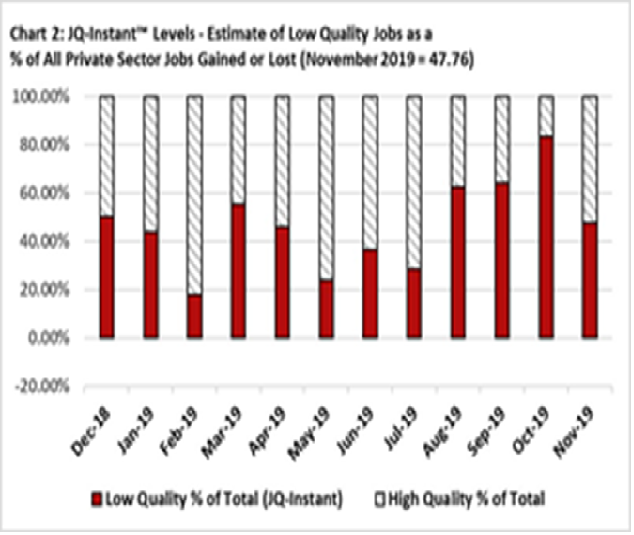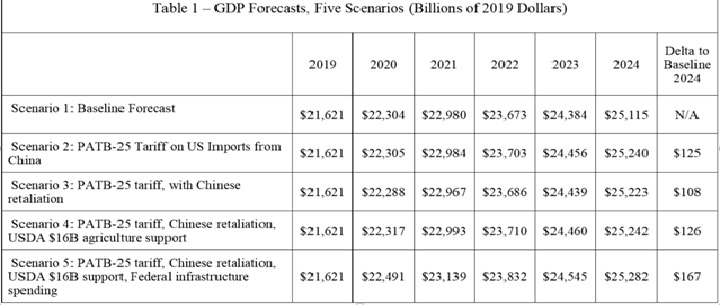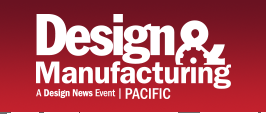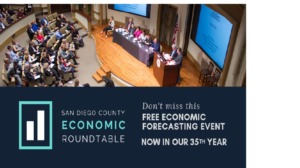T
Two years ago, Curtis Ellis, one of my heroes died after losing his battle with cancer. Curtis was a prominent trade expert and an astute architect of economic nationalism. In my tribute article to him, I wrote “Curtis was a true patriot and defender of liberty, who believed in all of the greatness of our country and devoted much of his life to putting America first in economic policies to benefit American workers and not just Wall Street.” He believed that we have to fight to save America to create jobs and prosperity by bringing higher paying manufacturing jobs back to America. He was a patriotic crusader against the unfair trade agreements that had caused the loss of millions of manufacturing jobs and our enormous trade deficits year after year.
I knew Curtis had been working on a book before he died, but didn’t know if he had finished it. I was pleased to learn that he had. His longtime partner, Maxine Albert, found a publisher for this timely book – that just launched. Maxine wrote: “He pushed himself to finish this book because he saw the Chinese Communist’s Party as the most dangerous threat to the nation he loved. Curtis saw something truly sinister in China’s trade abuse as economic warfare.”
It was a great honor to be able to read an advanced copy to write this review of his vitally important book, Pandemonium – China’s global strategy to cripple America, available on amazon and Barnes & Noble. https://amzn.to/3RNWHf1Curtis Ellis
Curtis Ellis was one of the early policy experts to realize the danger the Chinese Communist Party posed to America. He understood the world economy and pointed out that “free trade” was a fallacy because of the mercantilist, totalitarian dictatorship in China. He sounded the alarm on the gathering storm with a chilling account of China’s assault on America in its quest to be the Superpower of the 21st Century. He foresaw that a crisis with China is inevitable because of their increasing aggression and frightening military buildup that has been funded by America’s manufacturers and consumers.
He had the talent to be able to transform a complicated economic topic into an easily understandable and compelling narrative that would motivate people to act, and he does that by giving us a detailed, comprehensive and winning plan to declare our independence from China.
In the introduction, Curtis reminded us “Americans lived in a global economy when we wrote the first Declaration of Independence. At that time, the ‘global economy’ was known as the British Empire“ He wrote, “Americans were compelled to send their fiber, timber, and ore on ships across the ocean to ‘the workshop of the world,’ where they were fashioned into finished goods, then sent back and sold to Americans at prices set by others…Today the ‘workshop of the world’ is not Britain, but China.”
In his first chapter, “How America Became an Invalid,” he outlines how our present position “didn’t just happen. It was not inevitable. It was the result of specific decisions made by specific people in specific places and specific positions of power.”
From my own research for my own books, I was aware of some of these key decisions that led to the decimation of American manufacturing, but I didn’t realize that the ideology of “globalism” started so long ago. Curtis wrote about a hearing held by the Joint Economic Committee of the U.S. Congress on “the future of manufacturing” that occurred in Washington, D. C. in June 1967. He wrote, “At the hearing, George Ball, a Wall Street grandee who served in the State Department under presidents Kennedy and Johnson, laid out the ideology of globalism” in which “earth straddling corporations should replace the ‘crazy quilt” of independent nations as the organizing principle of society.” Ball recommended that “Washington should work for “a considerable erosion of the rigid concepts of national sovereignty…the ‘common philosophy’ and ‘common goal’ should be economic efficiency and corporate profits…”
The adoption of this globalist ideology by government and industry certainly explains what has happened in the past 55 years— tax policies that favor multinational global corporations and American corporations moving manufacturing to other countries to maximize profits, first to El Salvador, Puerto Rico, the Philippines, Mexico, and finally China.
In chapter II, “A Dysfunctional Relationship,” Curtis gives a detailed description of how the U.S. relationship with China has become dysfunctional over the past five decades since President Nixon opened our doors to China.
In chapter III, “Meet the New Boss: The Global Elite,” he describes how “What’s good for America” became replaced by “What’s Good for the Global Economy” to the detriment of patriotic American businessmen and women.
Chapter IV, “How China Buys Influence” outlines China’s strategy “to shape American public opinion and influence our economic and government policies to benefit the Beijing regime.”
Chapter V covers a subject near and dear to my heart, “The American System —The Origin of America’s Prosperity” that I wrote about in the first chapter of my book, Can American Manufacturing be Saved? Why we should and how we can. He uses many of the same quotes of the founders of our country that I used, such as “A free people…should promote such manufactories as tend to render then independent from others for essential, particularly military supplies,” from George Washington’s first address to Congress.
Curtis wrote that the American System was conceived by Treasury Secretary, Alexander Hamilton, by imposing tariffs on imported goods to “raise revenue and protect American industries from predatory competition…. The American System…guided U.S national economic development from the earliest days of the republic, through the Civil War, and into the better part of the twentieth century.”
In chapter VI, “Setting the Record Straight on Adam Smith,” Curtis clarifies the “foundational economic treatise on the principles of the free market system” proposed by Adam Smith in his book, The Wealth of Nations, published in 1776.
Chapter VII, “Tearing Down ‘The House of World Order” describes how “the international rules-based order,” which is a “euphemism for globalism” that is the basis for the World Trade Organization. Curtis wrote ”The pandemic showed that the true cost of the China price is very high indeed. It showed how an economy reliant on global supply chains and just-in-time inventory management is fragile.”
In Chapter VIII, Curtis outlines how to hold China accountable, and Chapter IX describes how to defund China. In chapter X, Curtis provides common sense on Communist China, and Chapter XI outlines a plan to restore our economic independence. Chapter XII concludes with a new declaration of independence.
I don’t want to spoil any of these well thought out prescriptions by providing any quotes from these chapters. It’s critical that you read these chapters yourself and make your own decision on how you can play a part in saving our country. I conclude my review with what Maxine wrote as her concluding words in the Foreword: “As I wrote these words, I can hear Curtis saying something he often told me. ‘Each of us has a part to play to stand up for American. You can change the world, one person at a time.’”
I have endeavored to change the world as one person by writing three books and hundreds of blog articles and will continue to do so until the day I die or can’t write or speak any longer. I’m enjoying the greater role I now have the opportunity to play as part of Industry Reimagined 2030 to revitalize American manufacturing to achieve the goals of our vision. I urge you to take these words of Curtis to heart and do what you can do so our country can become independent from China.







